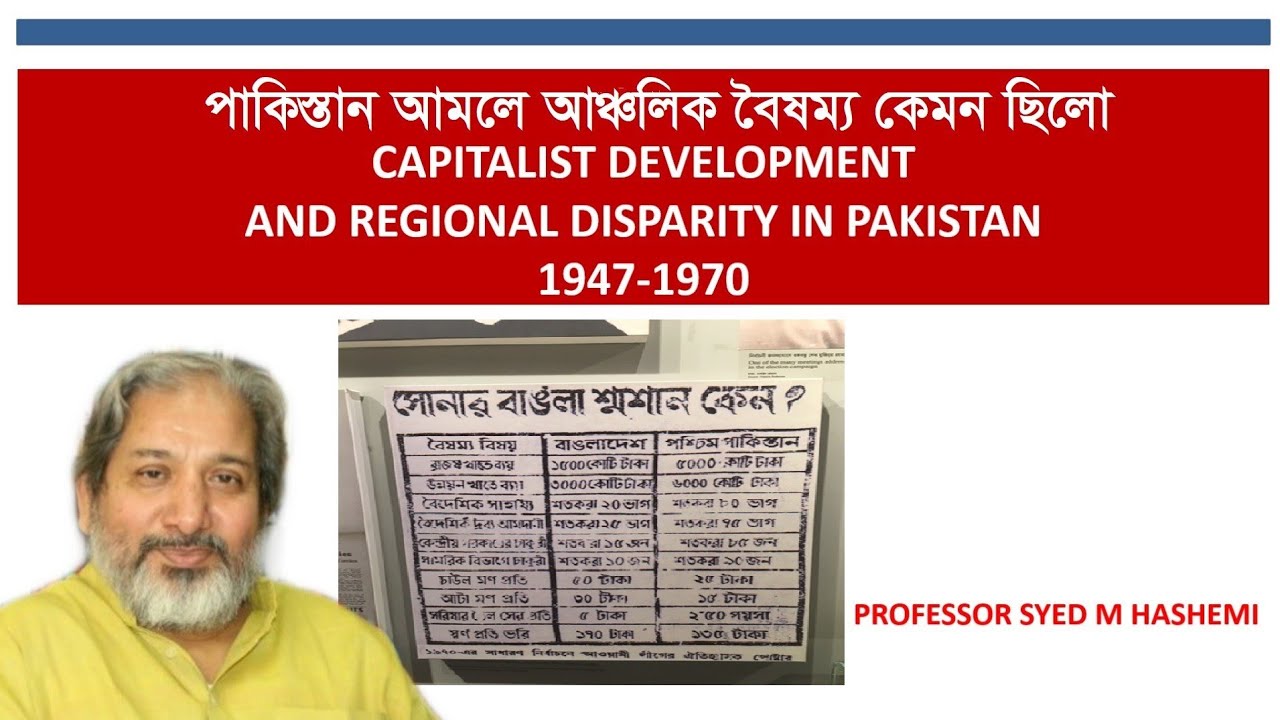Why the East Ends of (Most) Cities are Poorer
Summary
TLDRThis video explores the economic disparities between the east and west sides of major cities, rooted in historical pollution patterns from the Industrial Revolution. It explains how prevailing westerly winds carried toxic air eastward, prompting wealthier residents to move to less polluted areas. While many cities have evolved, these patterns of inequality persist, exacerbated by gentrification. The video also touches on other factors influencing urban disparities, such as racism and geographic location, ultimately encouraging viewers to consider their own living environments and the implications of historical contexts.
Takeaways
- 😀 Cities are often divided socio-economically along east-west lines, with wealthier residents typically located on the west side.
- 🌬️ The prevailing westerly winds played a significant role in transporting industrial pollution from city centers to the east sides, contributing to long-term economic disparities.
- 🏭 The Industrial Revolution marked a turning point, as pollution drove wealthier populations away from heavily affected areas.
- 💨 The Coriolis effect explains why winds in the northern hemisphere flow from west to east, impacting urban pollution patterns.
- 🏙️ Despite improvements in pollution management, many eastern urban areas still struggle economically due to historical factors.
- 📈 Gentrification often revitalizes neighborhoods but can displace long-standing working-class residents, leading to new forms of economic inequality.
- 🔍 Other historical influences, such as racism and geographic factors, also shape urban economic disparities.
- 🌎 The effects of past industrial pollution persist, influencing current economic landscapes in cities like London, Paris, and Pittsburgh.
- 💡 Understanding the historical context of urban inequality is crucial for addressing modern socio-economic challenges.
- 🌱 Skillshare offers courses that help individuals improve their environments, promoting creativity and productivity in urban living spaces.
Q & A
What famous quote by Charles Dickens is mentioned in the video?
-The quote is: 'It was the best of times, it was the worst of times,' from his book 'A Tale of Two Cities.'
How do cities typically divide socioeconomically according to the script?
-Cities are often split between wealthy individuals and those who are not, with poorer populations frequently residing on the eastern sides.
What scientific phenomenon explains the prevailing winds in the northern hemisphere?
-The Coriolis effect explains that winds in the northern hemisphere typically flow from west to east due to the Earth's rotation.
What historical period is highlighted for its impact on urban pollution and economic disparity?
-The Industrial Revolution is emphasized as a period when pollution from factories led to economic segregation in cities.
What effect did industrial pollution have on the demographic distribution in cities?
-Industrial pollution drove wealthier residents to leave polluted areas, which resulted in a concentration of poorer communities in those neighborhoods.
How does gentrification affect the economic landscape of eastern city areas?
-Gentrification often brings higher property values and living costs, which can displace long-term residents and change the local economy.
What ongoing impact of historical pollution does the script mention?
-Even after pollution levels have decreased, the economic disparities and social inequities persist in these areas.
What additional factors, besides wind and pollution, influence urban economic inequality?
-Other factors include proximity to ports and rivers, the growth of suburbs, and systemic issues like racism and red-lining.
What advice is given for those considering moving to an industrial city?
-Prospective residents should consider not only the amenities but also the historical pollution and environmental factors in the area.
What does the Skillshare course mentioned in the video focus on?
-The course, 'Plants at Home: Uplift Your Spirit and your Space,' focuses on using houseplants to create a calming and productive home environment.
Outlines

This section is available to paid users only. Please upgrade to access this part.
Upgrade NowMindmap

This section is available to paid users only. Please upgrade to access this part.
Upgrade NowKeywords

This section is available to paid users only. Please upgrade to access this part.
Upgrade NowHighlights

This section is available to paid users only. Please upgrade to access this part.
Upgrade NowTranscripts

This section is available to paid users only. Please upgrade to access this part.
Upgrade NowBrowse More Related Video

DESCENTRALIZAÇÃO INDUSTRIAL - Brasil Escola

34 Years of German Reunification 🇩🇪 | Feli from Germany

Identifikasi Permukiman Tradisional - Identifikasi Elemen Permukiman

পাকিস্তান আমলে আঞ্চলিক বৈষম্য কেমন ছিলো Capitalist Development and Regional Disparity in Pakistan

What is "The West"

Short History of GLOBAL MARKET INTEGRATION in 20th century - BSIT - Block K
5.0 / 5 (0 votes)